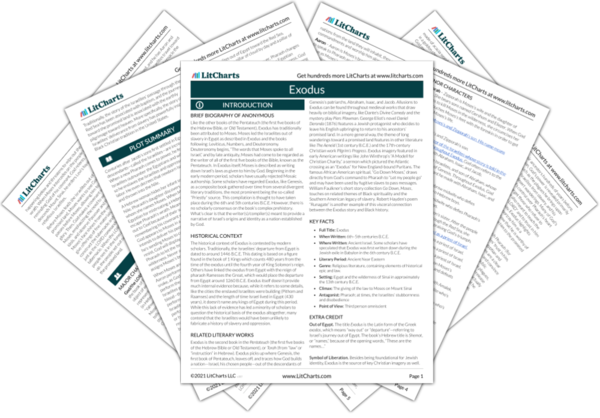In his first job mediating between the people and God, Moses must gather the leaders of Israel and convey God’s words to them. The order to approach Egypt’s ruler is bold—Israel is an insignificant minority—yet it implies that God has a greater claim on the people (to worship and serve him) than their enslaver, Pharaoh, does. Similarly, the idea of “plundering the Egyptians”—as if the Israelites are a conquering army! —seems incredibly bold.
